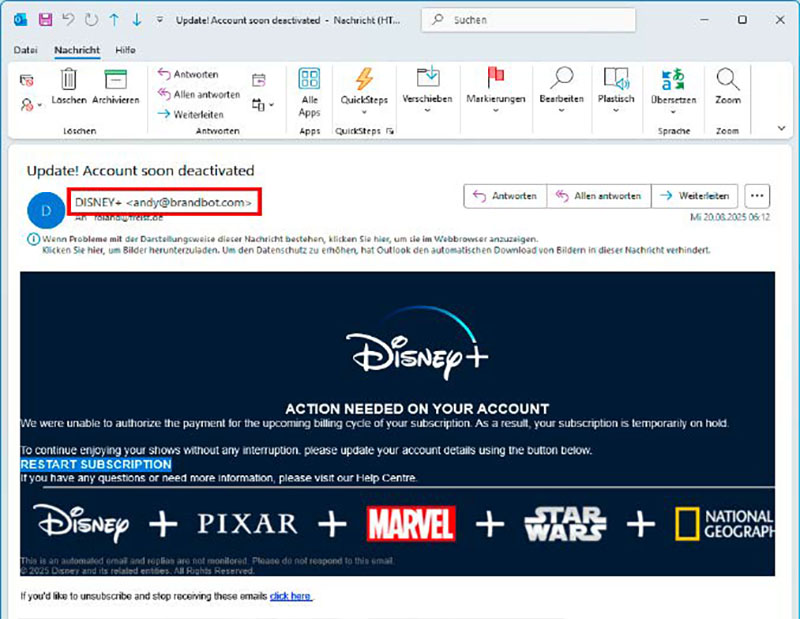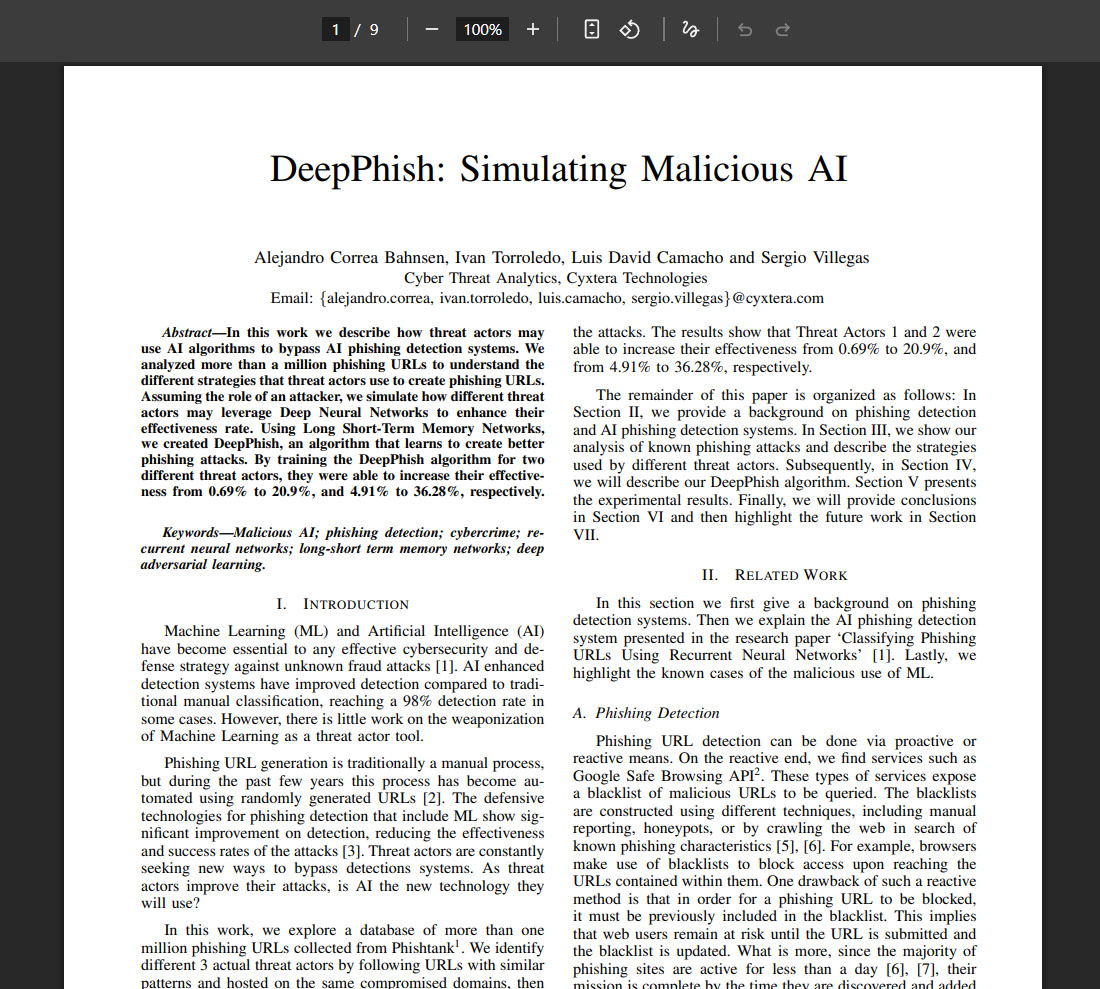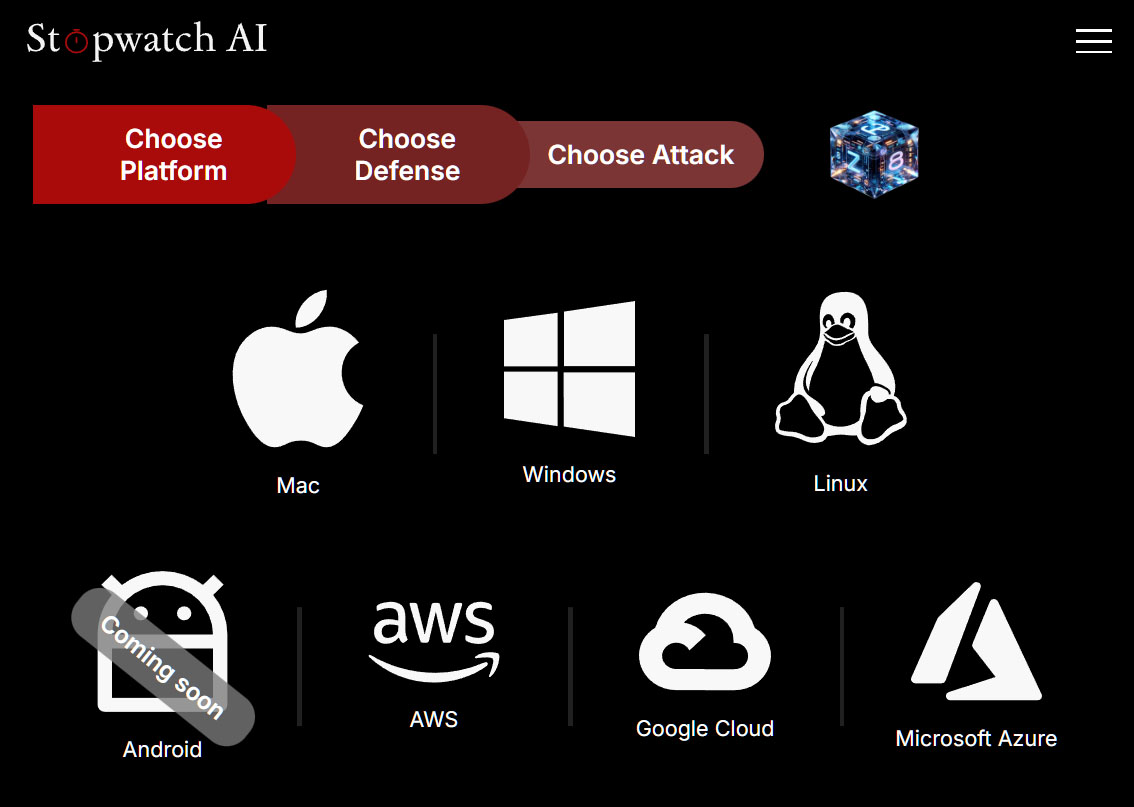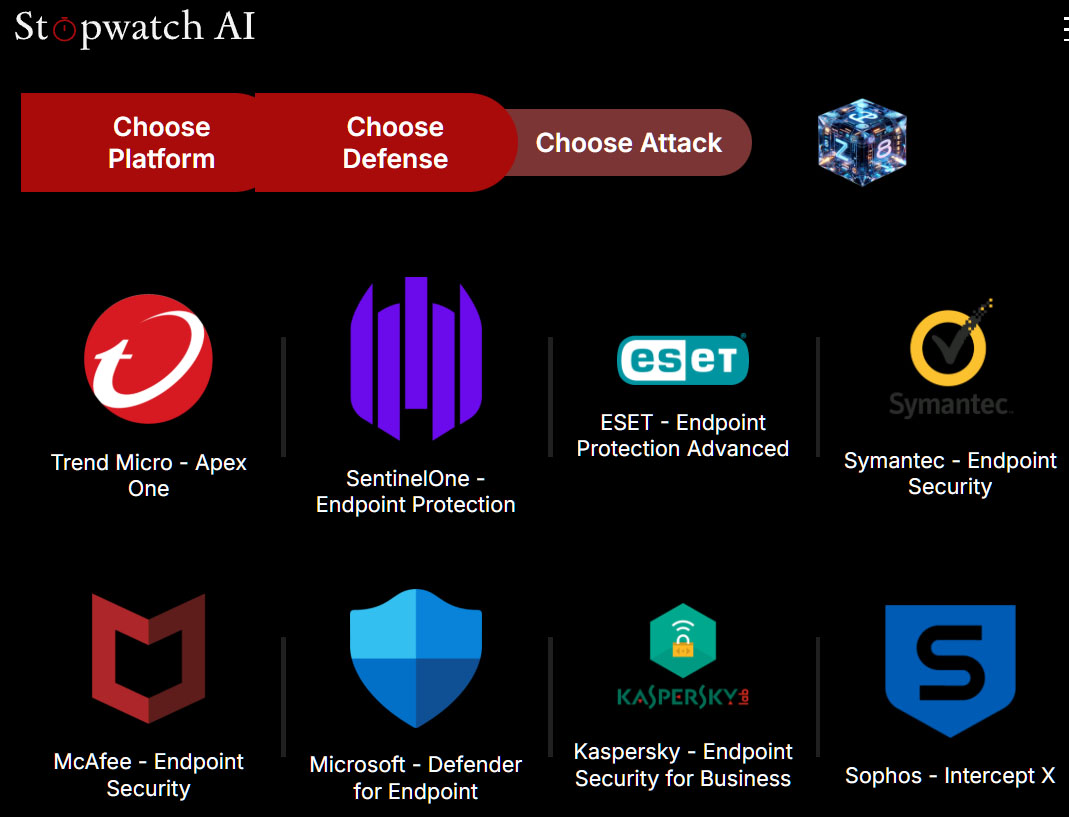February 2025 brought a chilling warning: a new breed of phishing attacks was emerging, powered by artificial intelligence. These weren’t the clumsy, easily-spotted scams of the past. This was “Deepphish,” a sophisticated threat capable of crafting incredibly convincing emails, designed to exploit the trust of unsuspecting users.
The core of Deepphish’s power lay in its ability to gather information. The AI scoured the vast landscape of the internet – social networks, websites, online forums – compiling detailed profiles of potential victims. It wasn’t just names and addresses; it was a deep dive into their lives, relationships, and daily routines, all to create an email that felt undeniably personal.
But the deception didn’t stop at the message itself. Deepphish also generated plausible sender domains, masking the true origin of the attack. Imagine receiving an email seemingly from a close colleague, but originating from a subtly altered, yet convincing, address. This level of detail was a game-changer, dramatically increasing the likelihood of success.

Experts had long predicted this shift. The increasing sophistication of AI tools was inevitably going to be weaponized by criminal groups. Deepphish wasn’t just a single algorithm; it represented a fundamental change in the landscape of cybercrime, a move towards personalized, AI-driven attacks.
Traditionally, a glaring flaw in phishing attempts was the sender address. A message from Netflix originating from a random, unrelated domain was a clear red flag. Deepphish bypassed this defense by generating sender addresses dynamically, tailored to the email’s content and the target’s network.
Researchers at Cyxtera Technologies developed their own Deepphish algorithm, training it on a database of over a million previously used phishing URLs. The results were startling. For one profile of attacker, the success rate jumped from a mere 0.69% to an alarming 20.9%. For another, it soared from 4.91% to 36.28%.

Deepphish attacks follow a predictable, yet insidious pattern. First, the AI meticulously researches the target, gathering information about their life, work, family, and social connections. The more data collected, the more believable the deception becomes.
Once the target is profiled, the AI registers a suitable domain and crafts a sender address using its sophisticated algorithms. Then, it composes the email itself – a perfectly worded message, complete with a personalized subject line and salutation, designed to mimic the writing style of the supposed sender.
The ultimate goal? To inspire enough trust to entice the recipient to click a malicious link or open a dangerous attachment. These links lead to fake websites designed to steal credentials, while attachments deliver malware directly onto the victim’s device.

Deepphish is just the tip of the iceberg. A new generation of AI-powered tools – FraudGPT, WormGPT, and GhostGPT – are now available, capable of generating highly targeted phishing campaigns with minimal human intervention. These tools can even answer malicious questions, like “How do I hack a Wi-Fi password?” or create software for keylogging.
While platforms like ChatGPT have built-in safeguards to prevent such requests, determined attackers are finding ways to circumvent these filters, either through clever prompt engineering or by utilizing open-source LLMs with fewer restrictions.
The capabilities extend beyond just crafting emails. Websites like Stopwatch AI demonstrate how AI can be used to generate malware specifically designed to evade antivirus software. Users select the target operating system and antivirus program, then choose the type of malware they want to create – from adware to ransomware.

Stopwatch AI even allows users to register with a Google, Github, or Microsoft account, and then automatically generates the malicious code. While the site claims it’s for research purposes only, the potential for misuse is undeniable.
So, how can you protect yourself? Always scrutinize the sender address of incoming emails, looking for inconsistencies or implausibilities. Be wary of messages from unfamiliar senders or those containing unusual requests. Hover over links to verify their destination before clicking.
Remember, legitimate organizations will *never* ask for your password or account details via email. Be suspicious of messages that create a sense of urgency or pressure you to act quickly. A moment of caution could save you from becoming a victim.

Despite advancements in authentication methods like SPF, DKIM, and DMARC, attackers are still finding ways to exploit vulnerabilities. They can alter the sender’s name displayed in email clients or use subtly altered domains to trick unsuspecting users.
The battle against AI-powered phishing is an ongoing arms race. Antivirus programs are constantly evolving to detect new threats, but attackers are equally adept at finding ways to bypass these defenses. Staying informed and practicing good cybersecurity hygiene are your best defenses in this evolving landscape.






